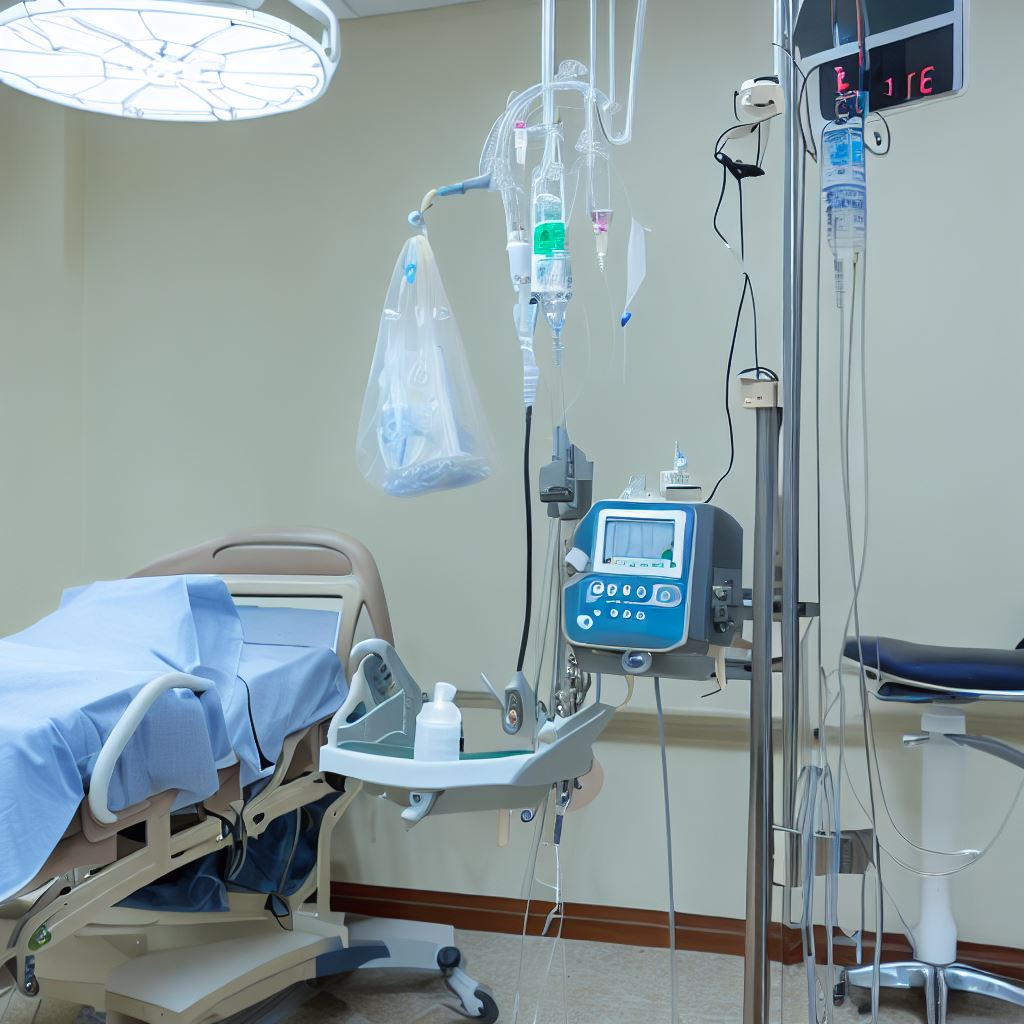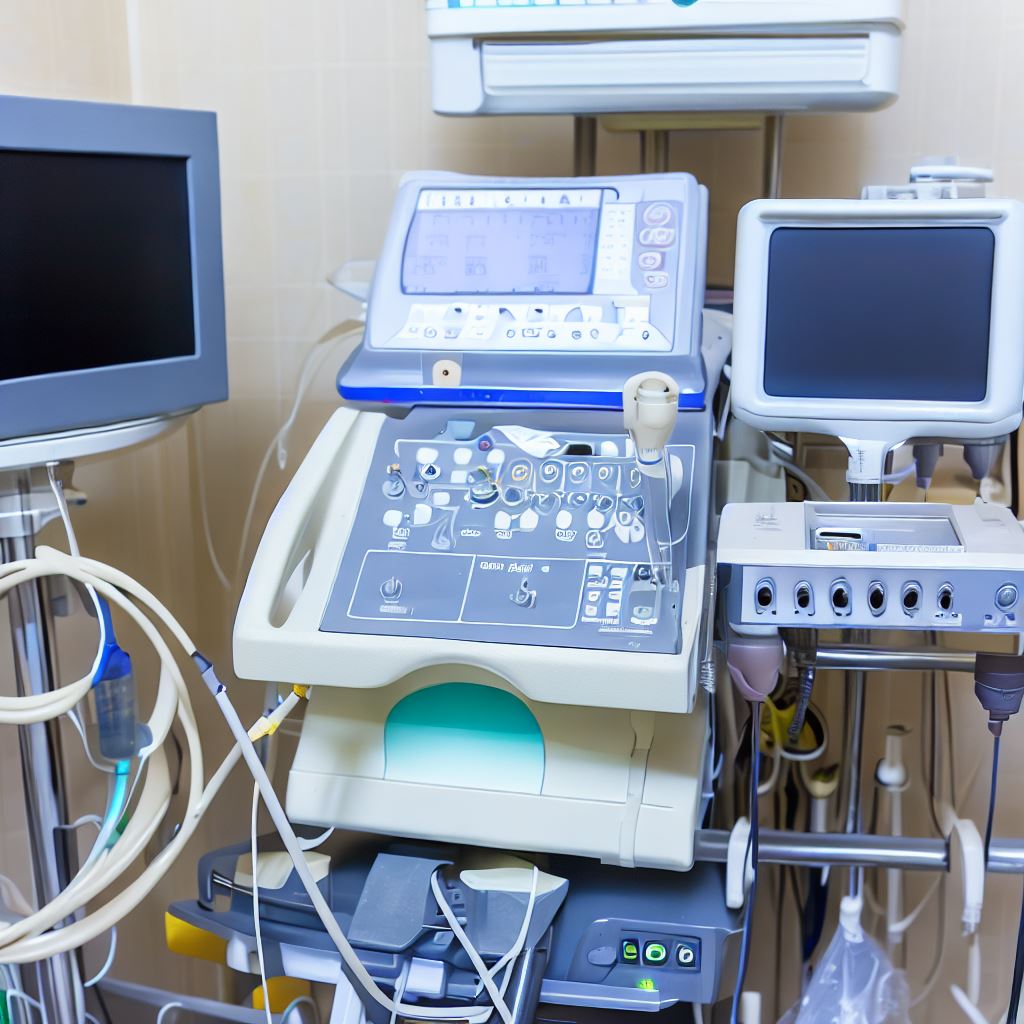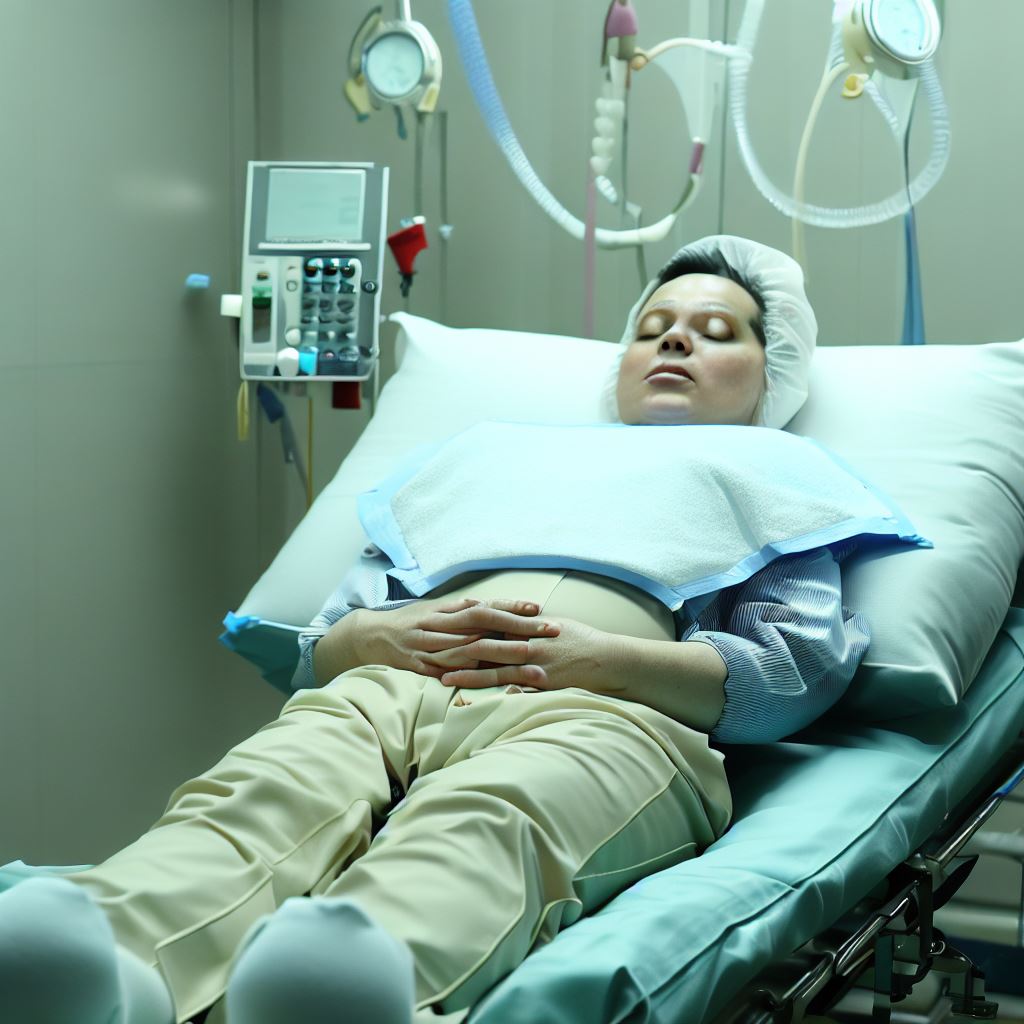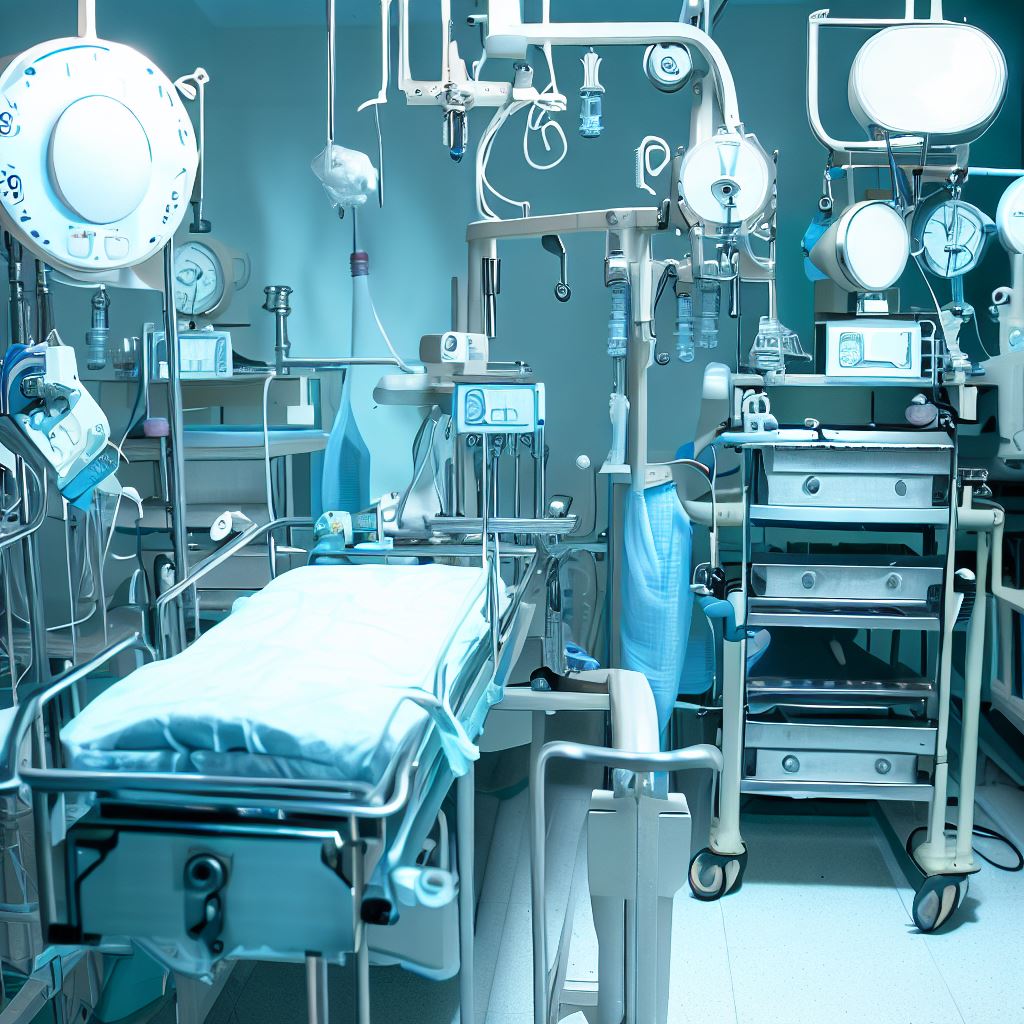In the realm of healthcare, ensuring that labor and delivery rooms are equipped with the essential tools and equipment is paramount. These rooms serve as the stage for one of life's most profound moments—the birth of a child. To provide the best care possible, it's crucial that labor rooms are well-prepared. In this article, we'll delve into the must-have equipment that every labor room needs for a smooth and safe childbirth experience.
Labor rooms are critical spaces in healthcare facilities where the miracle of life unfolds. Ensuring that these rooms are equipped with the necessary tools and technology is essential for the well-being of both mother and child. In this article, we will explore the essential equipment every labor room needs to provide optimal care and support during childbirth.
Bringing a new life into the world is a momentous event, and it requires a well-equipped environment to ensure the safety and comfort of both the mother and the baby. A labor room serves as the central hub where healthcare professionals provide medical assistance and support during labor. Let's dive into the must-have equipment that makes these rooms functional and conducive to a positive childbirth experience.

The birthing bed is the heart of any labor room. It should be comfortable, adjustable, and easily maneuverable to accommodate various birthing positions. A supportive mattress and adjustable height features allow healthcare providers to work efficiently while providing comfort to the mother.
A delivery table is a specialized piece of equipment designed to support the mother during childbirth. It provides a stable platform for delivery and often comes with adjustable leg rests, stirrups, and support handles. The table should be easy to clean and maintain proper hygiene standards.
Proper lighting is crucial in a labor room to create a calm and soothing atmosphere. Adjustable lighting systems allow healthcare professionals to adjust the intensity and color temperature to meet the needs and preferences of the mother. Dimmed lighting during labor promotes relaxation, while brighter lighting is essential during critical moments.
Monitoring the baby's heart rate during labor is vital to assess their well-being. Fetal heart monitors use ultrasound technology to detect the baby's heart rate and provide continuous monitoring. These devices can be external or internal, depending on the specific needs of the mother and the stage of labor.
Intravenous (IV) fluids and medications may be necessary during labor. IV stands with adjustable poles provide a convenient way to administer fluids, ensuring a steady flow and easy access for healthcare professionals.
Regular monitoring of the mother's blood pressure is essential for detecting any potential complications during labor. A blood pressure monitor should be readily available in the labor room, allowing healthcare providers to track changes and take appropriate actions promptly.
Suction devices are essential tools for clearing the airways of the newborn if needed. They help remove fluids or mucus from the baby's nose and mouth, facilitating the first breaths after birth.
Emergencies can arise during childbirth, and having resuscitation equipment readily available is crucial for the immediate management of newborn resuscitation if needed. This includes devices such as bag-valve masks, oxygen sources, and intubation equipment.
Maintaining proper hygiene and preventing infections is of utmost importance in a labor room. The availability of sterile supplies such as gloves, drapes, gowns, and instruments ensures a safe and clean environment for both mother and baby.

While the basic essentials are fundamental, incorporating advanced equipment in labor rooms can enhance the overall experience and facilitate better care.
An epidural pump is used to administer pain-relieving medication during labor. It allows for precise control of the medication dosage, providing effective pain management while minimizing potential side effects.
Electronic fetal monitoring systems provide continuous monitoring of the baby's heart rate and the mother's contractions. They offer enhanced accuracy and data visualization, enabling healthcare professionals to detect any abnormalities and respond accordingly.
A portable ultrasound machine can be a valuable asset in a labor room. It allows healthcare providers to assess fetal well-being, determine the baby's position, and identify any potential complications quickly and accurately.
For facilities offering more advanced pain relief options during labor, an anesthesia workstation is essential. It provides the necessary equipment for administering regional anesthesia, such as epidurals or spinal blocks, ensuring precise and safe administration.
In cases where there is a high risk of complications, having neonatal intensive care unit equipment readily available in the labor room is crucial. This includes incubators, radiant warmers, and respiratory support devices, allowing immediate care for newborns requiring specialized attention.

Childbirth can be an intense and challenging process, and providing comfort measures is essential for promoting a positive experience. Here are some additional equipment options that can help during labor:
Birthing balls and peanut balls provide support and help maintain good posture during labor. They can assist in reducing back pain, encouraging pelvic mobility, and facilitating a more comfortable birthing position.
Birth stools and squat bars offer an alternative to traditional birthing positions. They allow the mother to assume a more upright posture, which can aid in the progress of labor and reduce the duration of the pushing stage.
Transcutaneous electrical nerve stimulation (TENS) machines provide pain relief by delivering low-voltage electrical currents to specific areas of the body. They can help alleviate labor pain and promote relaxation.
Applying heat to the lower back or abdomen can provide soothing relief during labor. Heating pads or warm blankets can be used to ease discomfort and promote relaxation.
Aromatherapy can contribute to a calming and peaceful atmosphere in the labor room. Essential oils, such as lavender or chamomile, can be diffused to help reduce stress, and anxiety and promote relaxation.

In addition to equipment directly related to the birthing process, there are several supporting tools that healthcare professionals require in the labor room.
Obstetric forceps are specialized instruments used to assist in the delivery of the baby's head during certain complicated situations. They help healthcare providers safely guide the baby through the birth canal when necessary.
Vacuum extractors are suction devices used to assist with the delivery of the baby's head during childbirth. They provide gentle traction and suction to aid in the safe and controlled delivery of the baby.
Surgical instruments, such as scissors, forceps, and clamps, are essential for performing episiotomies, repairing tears, and managing any complications that may arise during childbirth.
Mayo stands and instrument tables provide a sterile and organized space for healthcare professionals to place instruments and supplies needed during labor. They ensure easy access and minimize the risk of contamination.
Obstetric simulators are advanced training tools that allow healthcare providers to practice various birthing scenarios. These realistic mannequins provide an opportunity to enhance skills and preparedness in managing complicated deliveries.

Safety should always be a top priority in a labor room. Here are some crucial safety equipment items that should be present:
Fire extinguishers should be strategically placed within the labor room to ensure prompt response in case of a fire emergency. Regular maintenance and training on fire safety protocols are essential to maintain a safe environment.
Emergency call buttons should be easily accessible for both the mother and healthcare providers. They allow for immediate communication with the healthcare team in case of emergencies or urgent assistance.
Emergency kits should be readily available in the labor room, equipped with essential supplies to manage unforeseen situations. These kits may include items like emergency medications, sterile instruments, and emergency delivery equipment.
Maintaining proper hand hygiene is vital in a labor room to prevent infections. Hand sanitizers and antiseptic solutions should be easily accessible to healthcare providers and visitors.
Personal protective equipment, including gloves, masks, gowns, and face shields, should be readily available for healthcare providers to ensure their safety and prevent the transmission of infections.
Equipping labor rooms with the essential equipment discussed in this article is paramount for providing optimal care and support during childbirth. From the basic essentials to advanced technology, comfort measures, and safety equipment, each item plays a crucial role in ensuring a positive labor experience for both the mother and the newborn. Healthcare facilities should prioritize investing in these tools to enhance maternal and neonatal outcomes and create a conducive environment for the miracle of life.